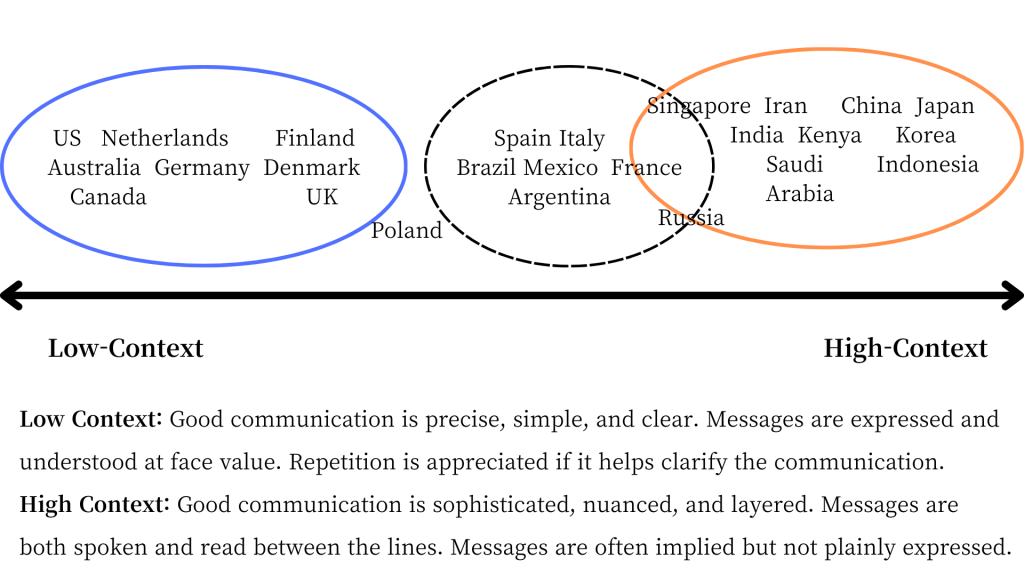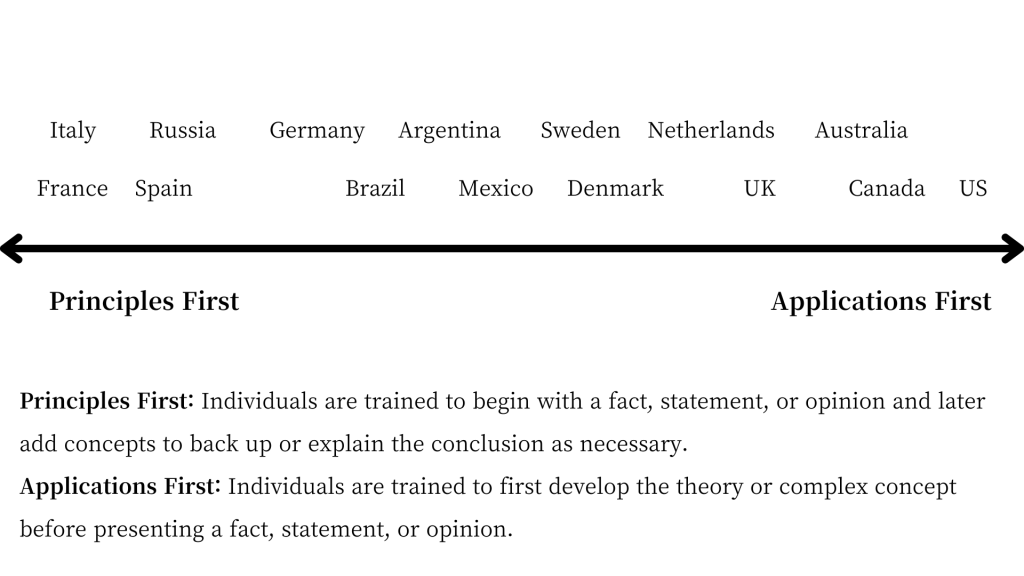In an increasingly interconnected world, in-app messages offer companies a unique way to engage users across cultural boundaries. However, crafting in-app messages that genuinely resonate requires understanding users’ cultural nuances, language preferences, and regional habits. Here’s how to adapt your cultural messaging strategies to enhance global user engagement, drawing insights on working with culturally diverse teams.
Recognize and Adapt to Cultural Contexts
High- and low-context communication styles affect how messages are received and understood. In high-context cultures like Japan or China, much is communicated through implied meanings rather than direct statements. In contrast, low-context cultures, such as the U.S. or Germany, value direct and explicit communication (Meyer, 2016). When crafting in-app messages:
- For High-Context Cultures: Use subtler language and avoid overt instructions, which may feel intrusive or overbearing. Incorporate visuals or cues that “read between the lines” in your localized content to convey messages implicitly.
- For Low-Context Cultures: Be direct and explicit, providing clear calls to action and concise instructions.

Localize Content Beyond Language
Effective localized content goes beyond translation to encompass tone, formality, and culturally relevant symbols. As Meyer’s work suggests, the effectiveness of communication varies greatly based on cultural norms. For example:
- Symbol Use and Color Meaning: Red, a positive color in Chinese culture, signifies danger in some Western contexts. Ensuring that colors and icons carry the intended meaning for each audience is crucial (Chetana & Upadhyaya, 2024).
- Tailoring Tone and Style: In certain cultures, a formal tone conveys professionalism, while in others, a conversational style fosters approachability. Adjusting tone and messaging style can make users feel seen and valued.
Incorporate Regional Preferences and Timing
Consideration of regional preferences and local behaviors can help refine engagement strategies. According to Meyer, one critical area for multicultural teams is setting expectations and rhythms that align with cultural norms, particularly around timing and decision-making (Meyer, 2016).
- Timing for Local Context: Users in different time zones and regions interact with apps at varied times, so schedule your cultural messaging accordingly. For example, send promotional messages during local working hours to maximize engagement (Anandh, Ramya, Vakaimalar, & Santhipriya, 2024).
- Frequency of Messaging: While daily reminders may be appreciated in some cultures, they can feel intrusive in others. Customize message frequency based on local user preferences and behavioral data.

Develop Explicit Processes for Multicultural Audiences
For in-app messaging teams serving multicultural users, adopting a “low-context” approach to communication within the team can reduce misunderstandings. Meyer’s insights suggest establishing clear processes for both creating and verifying cultural messaging:
- Clear Recaps and Summaries: After each planning session, provide written recaps of key takeaways to ensure that all team members have a shared understanding.
- Rotating Responsibility for Message Review: Assign rotating responsibility for reviewing messages with a focus on cultural, localized content. This promotes cultural awareness and minimizes potential miscommunication (Meyer, 2016).
Balance Between Principles-First and Applications-First Approaches
Meyer highlights the difference between principles-first (preferring theory before application) and applications-first (learning through examples) cultures. In a digital context, this difference impacts how users engage with instructional in-app messages or promotional content:
- Applications-First Cultures: Users may prefer seeing direct, practical examples upfront-such as brief demos or clear use cases-to learn about new app features.
- Principles-First Cultures: Users in these cultures might value understanding the reasoning behind certain features or updates before seeing practical examples. A brief explanation before diving into examples can help capture their interest.

Closing Remarks
Adapting in-app messages for a global audience involves more than language translation; it requires cultural sensitivity, strategic timing, and localized content tailored to local preferences. By applying these strategies, IAM Studio users can craft in-app messages that resonate with diverse audiences, fostering trust and loyalty while enhancing overall engagement.